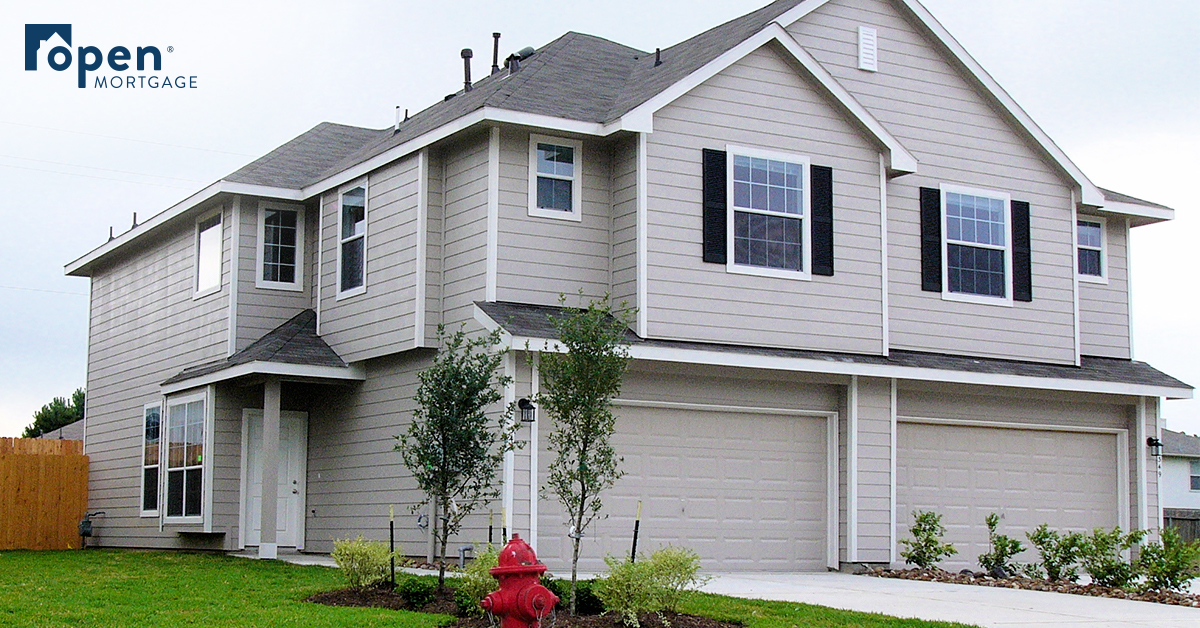
Maximize your HECM for Purchase with a Multi-Family Property
Just because your retirement has arrived doesn’t mean you’re out of time to find new opportunities to better your financial future. If your retirement plans include an active lifestyle and an interest in diversifying your asset portfolio, one tool at your disposal could be worth considering.
Using a HECM for Purchase to buy a 2-4 unit property, and using one unit as your primary residence, could allow you to avoid a monthly mortgage while also adding substantial income to your retirement planning.
HECM for Purchase
While a Home Equity Conversion Mortgage (HECM), or reverse mortgage, is recognized as an avenue to accessing the equity in a home without having to sell or move, the less common HECM for Purchase is a favorite of retirees looking to downsize or relocate.
Similar to a traditional HECM, you must still be 62 or older. However, in this instance, you are using your current home’s equity toward the purchase of a new property, while simultaneously obtaining a reverse mortgage on it. With this method, you can move into a new home without taking on a monthly mortgage payment.
Multi-Family Properties
For eligible borrowers willing to take on the responsibility and risks of an investment property, the HECM for Purchase goes beyond single-family homes and townhomes. Multi-family properties of 2-4 units can also be bought using the program. However, the owner must make one of the units their primary residence throughout the life of the loan.
If you have experience managing a rental property or are confident in your ability to do so, owning a small multi-family property might be an attractive path to a retirement with added security and flexibility.
Overlooked Advantages
Although rental properties are not a novel idea among creative investors, these small multi-family units can be intimidating. But, they can provide several advantages, particularly for a retired investor who will be residing on-site.
Buyers opting for a three or four-unit property will appreciate having multiple streams of rental income that won’t entirely disappear if one of the units is temporarily unoccupied. Regardless of the number of units, living on-site is an added convenience when it comes to property maintenance and identifying problems, whether with the building, or the tenants before they get out of hand.
And, despite having to make a unit your main residence, you don’t have to live there year-round. You are still free to travel extensively or even enjoy a vacation home elsewhere for part of the year, as long as you maintain the mortgage’s residency requirements.
If owning a multi-family property is the missing piece of your retirement plan, speak with a trusted expert about your reverse mortgage options. Browse our website to find out more.
- At the conclusion of a reverse mortgage, the borrower must repay the loan and may have to sell the home or repay the loan from other proceeds
- Charges will be assessed with the loan, including an origination fee, closing costs, mortgage insurance premiums and servicing fees
- The loan balance grows over time and interest is charged on the outstanding balance
- The borrower remains responsible for property taxes, hazard insurance and home maintenance, and failure to pay these amounts may result in the loss of the home
- Interest on a reverse mortgage is not tax-deductible until the borrower makes partial or full re-payment





